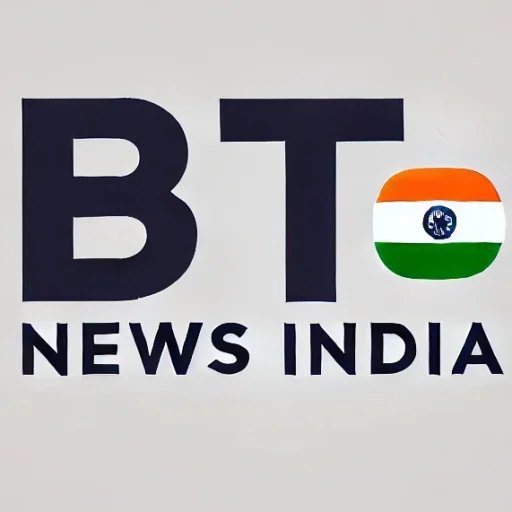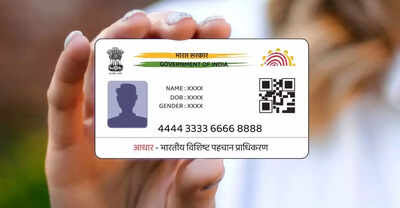Name, Address & Aadhaar Number to Vanish from Physical Card – Only Photo and QR Code Will Remain
Published on: November 20, 2025
By: BTNI
Location: New Delhi, India
In a landmark move towards greater privacy and fraud prevention, the Unique Identification Authority of India (UIDAI) is finalising a transformative update to the Aadhaar card design, expected to roll out from the first week of December 2025.According to highly placed sources within the UIDAI, the new-generation Aadhaar cards will display only two elements on the front: the cardholder’s photograph and a high-security QR code. Traditional details such as full name, Aadhaar number, date of birth, gender, and address – which currently appear in plain text – will be completely removed from the physical card.
The decision marks the most significant redesign of the Aadhaar card since its inception in 2009 and is being hailed as a “privacy-by-design” revolution. A senior UIDAI official, speaking on condition of anonymity, explained: “Printing sensitive personal data on the card has always been a privacy risk. Lost or stolen cards could be misused to harvest personal information. The new card eliminates that risk entirely.
”Under the new system, any agency or individual needing to verify identity or fetch details will have to scan the tamper-proof QR code using the official mAadhaar app or authorised verification devices. The QR code will use dynamic encryption and will reveal only the specific information requested (name, photo, DOB, etc.) after proper authentication and consent, ensuring “minimum data sharing”.
Key highlights of the upcoming changes:Existing Aadhaar cards will remain valid indefinitely; no mandatory re-issuance.
Citizens can voluntarily apply for the new minimalist card free of cost starting December 2025.
PVC (plastic) versions will continue to be available, but with the new masked design.
Virtual ID (VID) and masked Aadhaar features will be further strengthened.
Biometric locking options will become default for added security.
Also read- https://www.btnewsindia.com/scoop-alert-ranveer-singhs-dhurandhar-set-to-clock-epic-3-hour-runtime-his-longest-film-ever/ https://www.btnewsindia.com/yogi-adityanath-takes-historic-step-personally-fills-sir-form-to-ensure-100-accurate-land-records-in-uttar-pradesh/
Privacy advocates have welcomed the move. “This is exactly what we demanded for years – removing plain-text personal data from a document people carry everywhere,” said a leading digital rights activist. Security experts add that the change will drastically reduce incidents of identity theft through photocopies or photographs of old-style Aadhaar cards.
The UIDAI is also upgrading backend infrastructure to support real-time QR-based authentication across banks, telecom companies, airports, and government services. Over-the-counter verification using physical cards without scanning will gradually be phased out by mid-2026.While the exact date of the official notification is awaited, enrolment centres have already begun receiving training modules for the new format.
Citizens are advised to download the latest version of the mAadhaar app to experience seamless verification once the new cards are launched.With this bold step, India is set to pioneer one of the world’s most privacy-centric national identity systems – proving once again that less can indeed be more when it comes to personal data protection.




